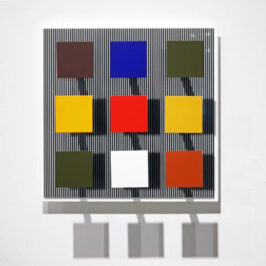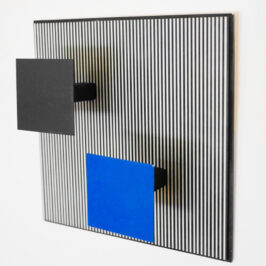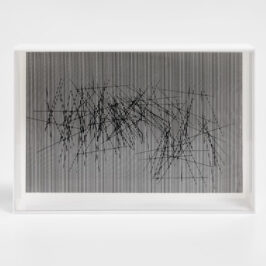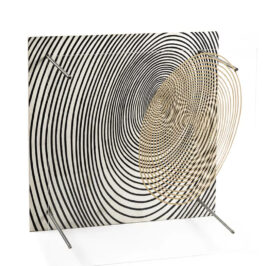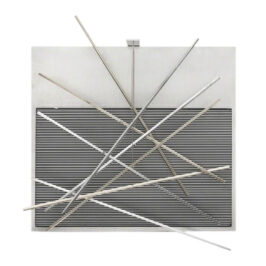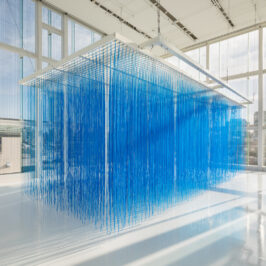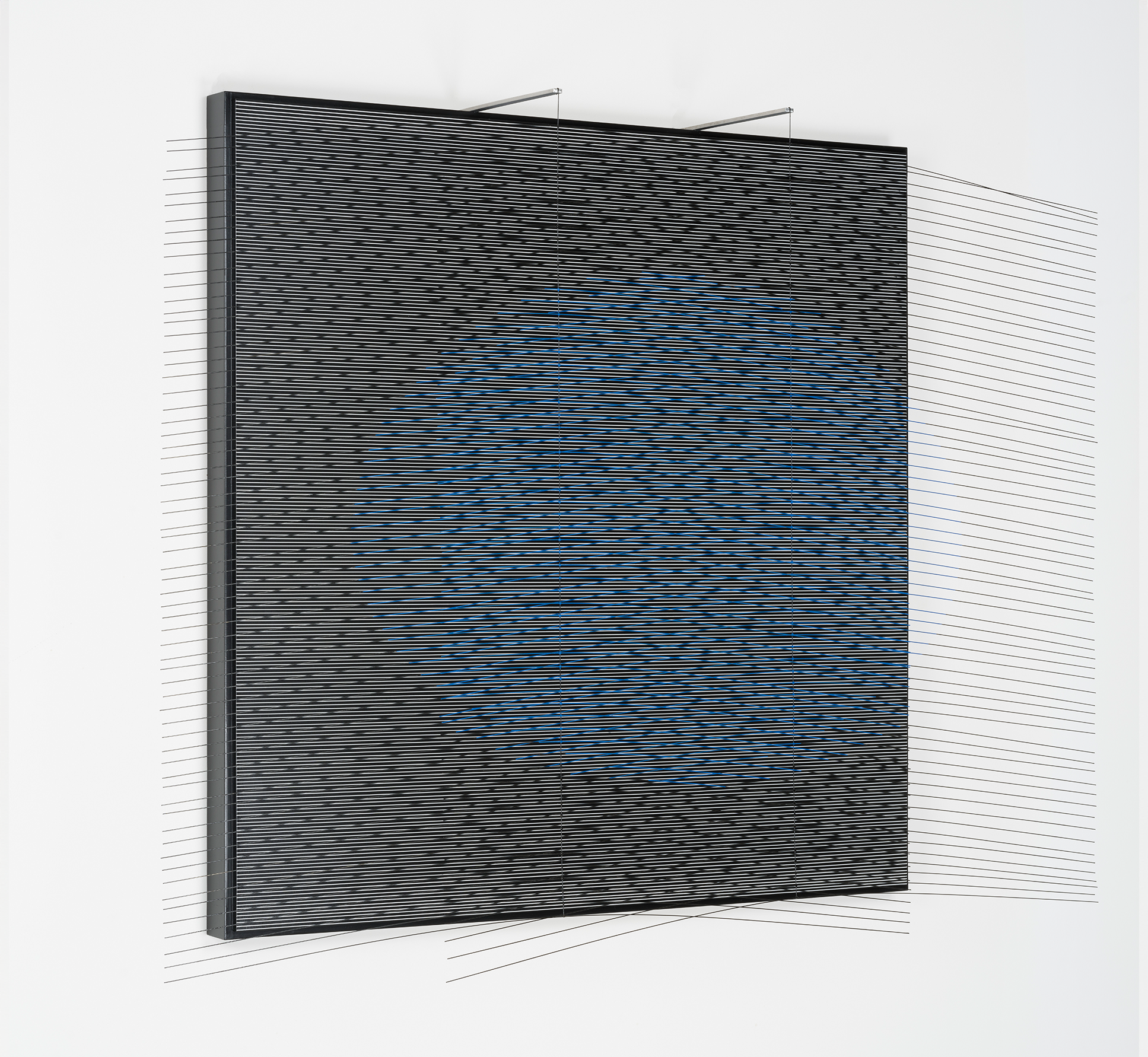
Available Works

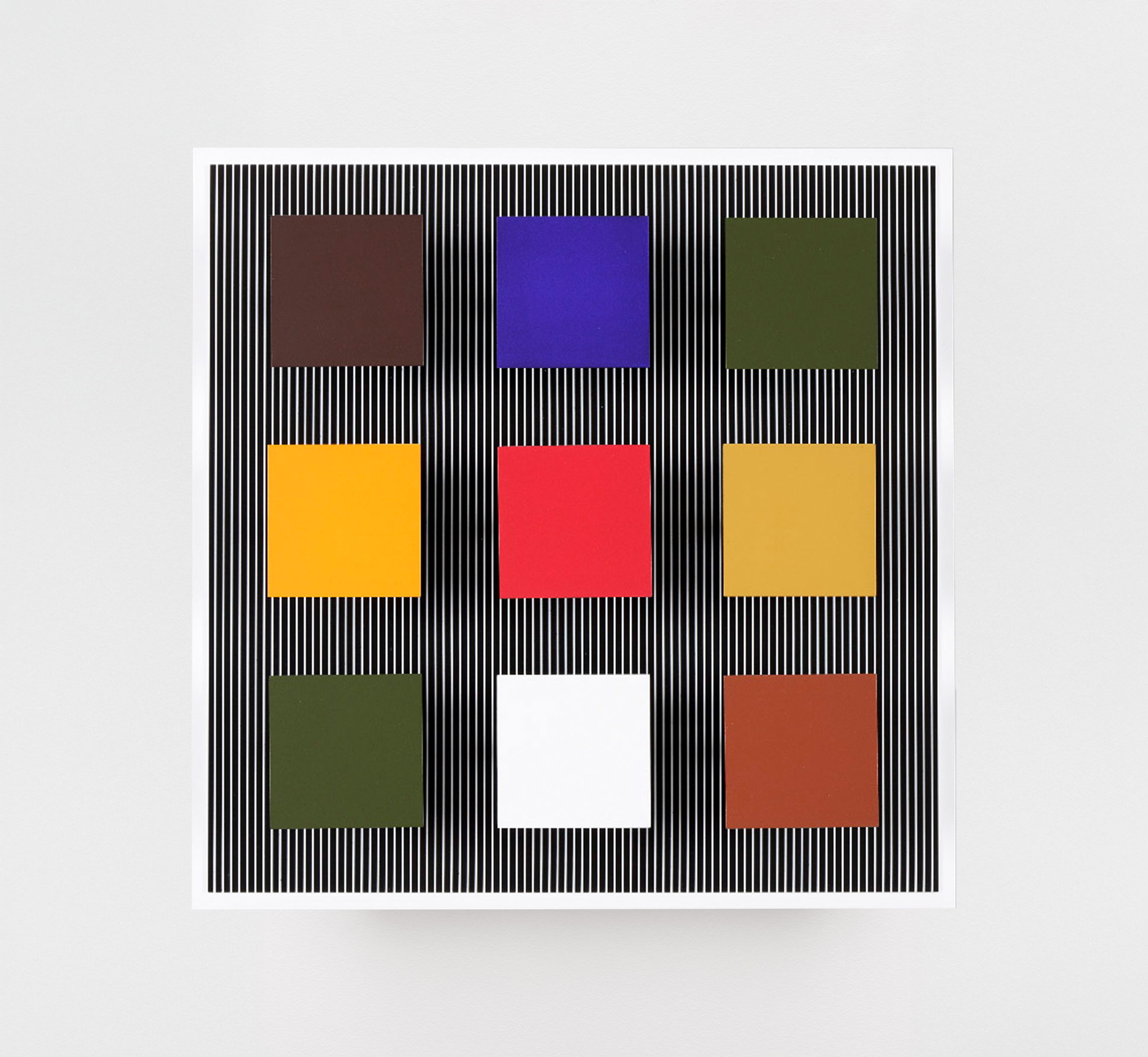
jesús rafael soto_ multiple s_ 1993/2018

jesús rafael soto_ maquette de la sphère Lutétia_ 1995/2014
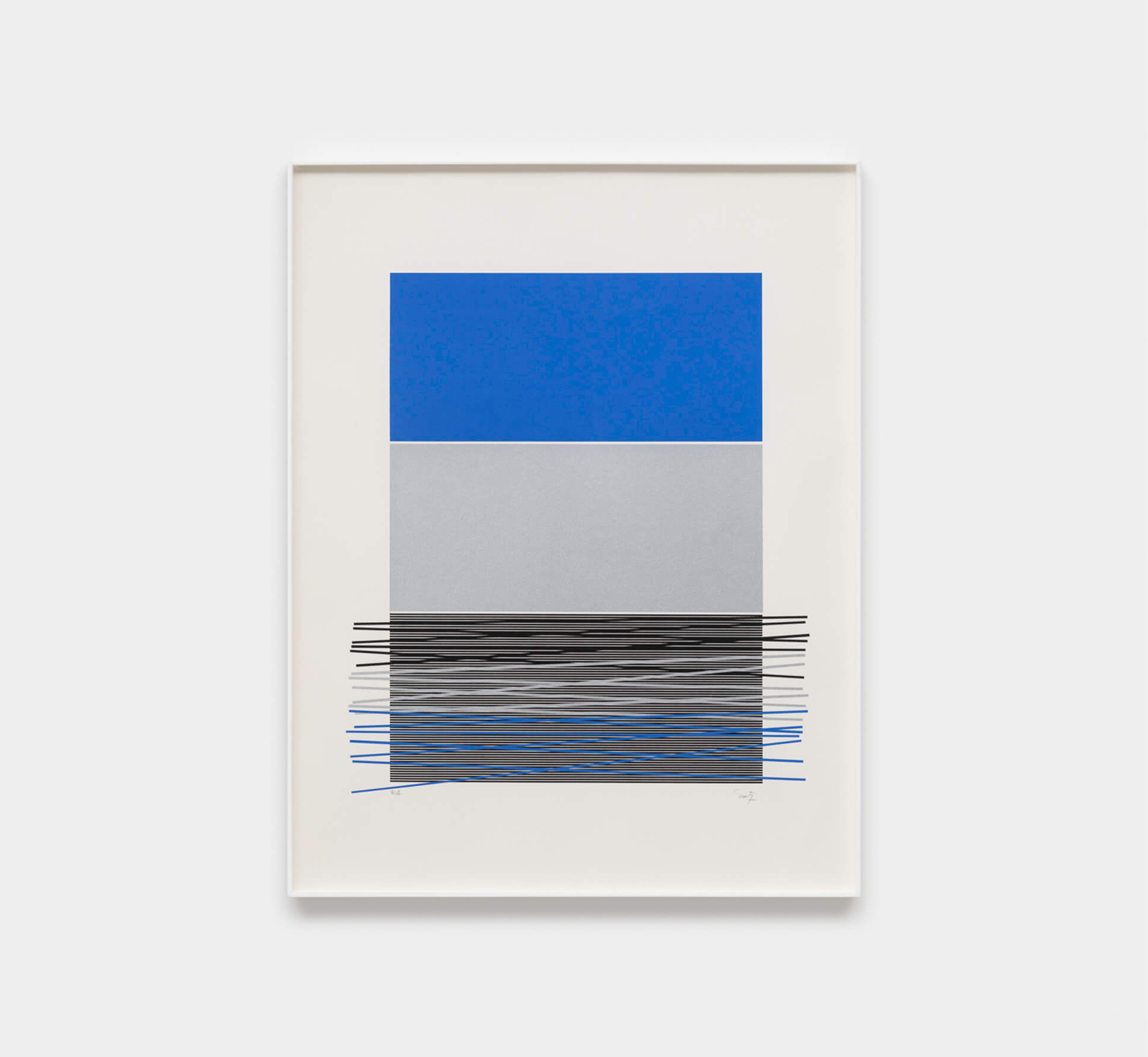
jesús rafael soto_album para chile_1976
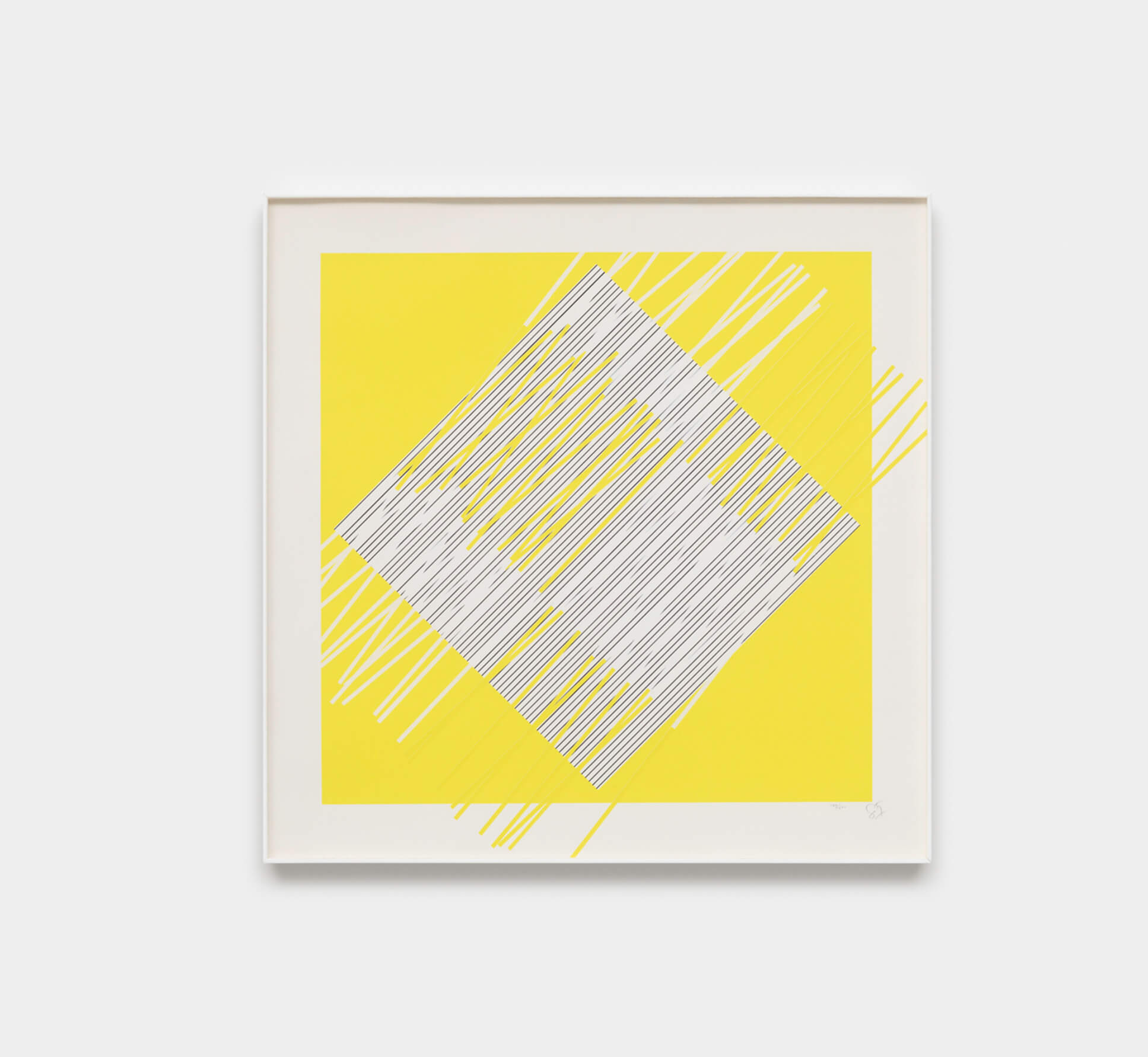
jesús rafael soto_composition_1974

jesús rafael soto_paralelas vibrantes_1979
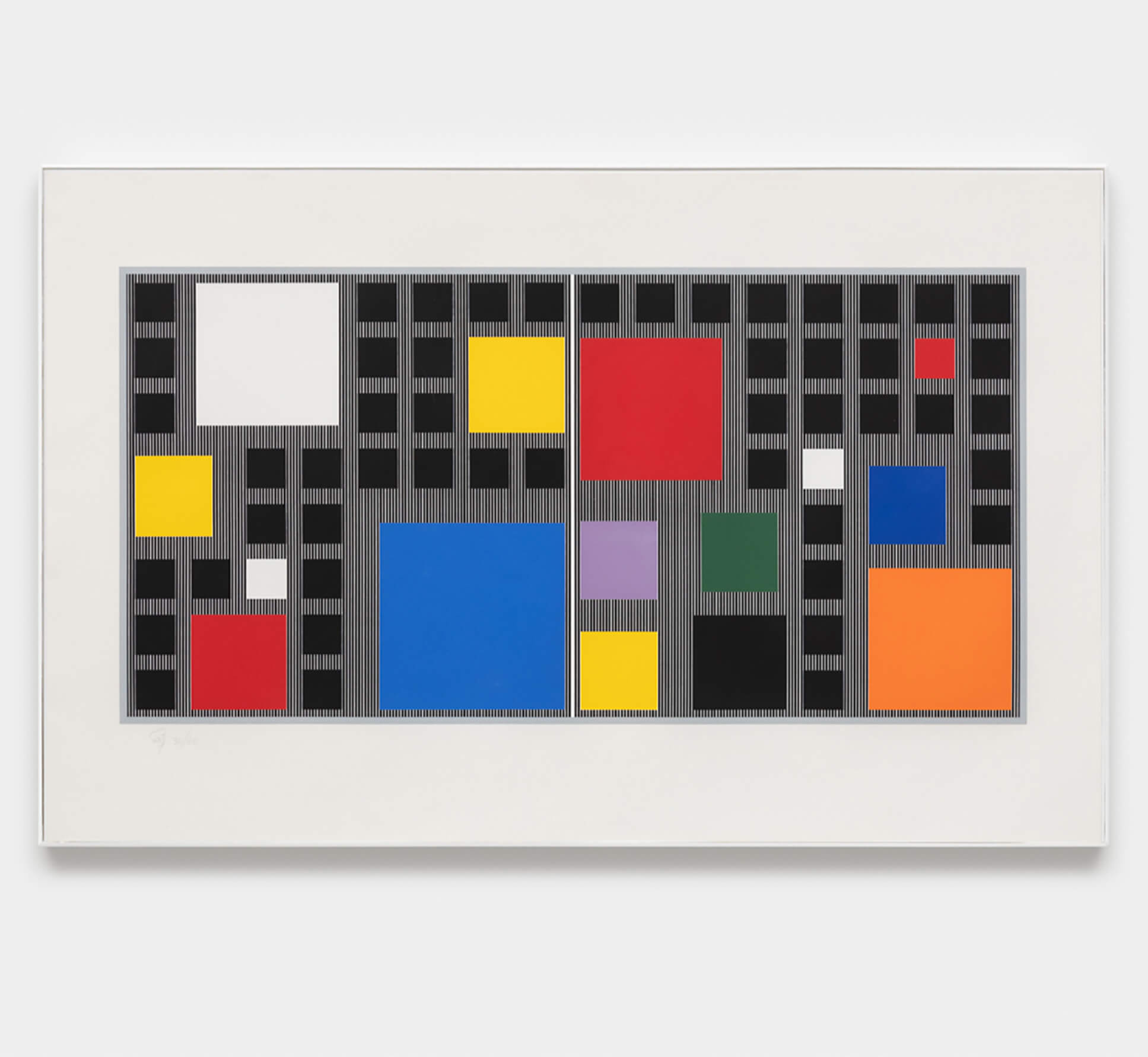
jesús rafael soto_mur polychrome cfdt_1988

jesús rafael soto_cuadrado virtual blanco y negro_1982
Biography
ciudad bolívar, venezuela, 1923 – paris, france, 2005
He studied at the Escuela de artes plásticas in Caracas from 1942 to 1947 and then served as director of the Escuela de bellas artes in Maracaibo, Venezuela, until 1950, at which time he moved to Paris. There he associated with Yaacov Agam, Jean Tinguely, and Victor Vasarely, as well as artists connected to Galerie Denise René and the Nouveau Réalistes (New Realists). Having started out as an illusionistic painter, in 1955 Soto participated in Le mouvement (The Movement) at Galerie Denise René, the exhibition that effectively launched Kinetic art. Around this time, and for many years subsequently, Soto’s art oscillated between geometric and organic forms. His work is often associated with Venezuelan Op art because the serial geometric forms of his paintings of the 1950s bear an affinity to works from that later movement. By 1957 Soto had moved toward a more gestural abstraction, but by 1965 he had returned definitively to a geometric idiom. During the same decade, he began making linear, kinetic constructions using industrial and synthetic materials such as nylon, Perspex, steel, and industrial paint.
Major exhibitions of Soto’s work took place at Signals Gallery, London (1965); Museum of Contemporary Art, Chicago (1971); Solomon R. Guggenheim Museum, New York (1974); and Musée national d’art moderne, Centre Georges Pompidou, Paris (1979). For each of these exhibitions, Soto used swaying nylon thread or plastic string to turn the gallery space into an all-encompassing, kinetic installation, in which the experience of the spectator within the constructed environment was central to the work’s meaning. Soto’s sculptures and environments often play with the juxtaposition of solid and void, deliberately unsettling the act of viewing by blurring the distinction between reality and illusion.
In 1969 UNESCO commissioned Soto to create two murals for their buildings in Paris. Over the next few decades, several more commissions followed, including two in his native Venezuela: one in the Chacaíto metro station in Caracas, and the other on the ceiling of the Teatro Teresa Carreño, also in Caracas. In 1973 the Museo de arte moderno Jesús Soto, which houses works by Soto along with works by international avant-garde artists he admired, including Jean Arp, Kazimir Malevich, and Man Ray, opened in his birth city of Ciudad Bolívar.


